Common Types of Heads for Fasteners
This article explains the types of heads that are commonly found on our most popular fixings and fasteners and what they are most commonly used for. If you need any further information please contact us.
| COUNTERSUNK HEAD | RAISED COUNTERSUNK HEAD | ROUND HEAD OR PAN HEAD | SLOTTED PAN HEAD | HEXAGON HEAD | HEXAGON HEAD WITH WASHER | SOCKET CAP HEAD |
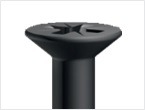 |
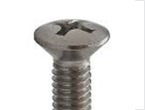 |
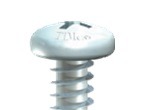 |
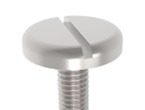 |
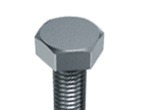 |
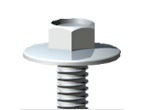 |
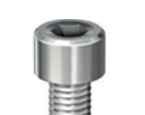 |
| SOCKET BUTTON HEAD | WAFER/ FLANGE/ PANCAKE HEAD | BUGLE HEAD | DOUBLE COUNTERSUNK HEAD | DOUBLE COUNTERSUNK HEAD WITH RIBS | SHALLOW PAN COUNTERSUNK HEAD | CHEESE HEAD |
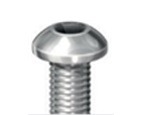 |
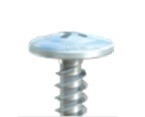 |
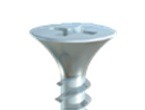 |
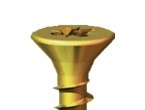 |
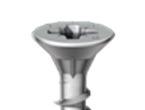 |
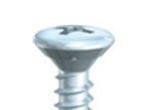 |
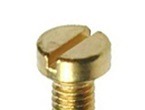 |
Countersunk Head
This type of head is used when screwing into timber and a flush finish is required, with no part of the screw head protruding above the level of the timber. Countersunk heads can also be recessed and filled over if a hidden fixing is required. Usually abbreviated to CSK.
Raised Countersunk Head
Similar in design to a standard countersunk fixing, this type of fastener is designed so that the top portion of the head is slightly raised above the level of the substrate. Such fittings can commonly be found on light switches and electrical plugs.
Round Head or Pan Head
A raised head which has a flat, level underside to it. Round head fixings were actually designed for fixing against metal surfaces, but they are commonly used to fix to a variety of rigid surfaces. The most commonly used fixing in applications where a flush finish is not a necessity.
Slotted Pan Head
As above, but when a pan head has a slotted the head is flat rather than domed.
Hexagon Head
Found on most common bolts and set screws, this is a six-sided head that requires a socket or spanner to fasten. You can also use a tool called a nut spinner or nut driver to fasten a hexagon head – this is effectively a screwdriver with a socket head instead of a blade or Posi drive end.
Often abbreviated to Hex head.
Hexagon Head (with washer)
A hexagon head that incorporates an integral washer. The washer improves that clamping ability of this fixing. Like standard hex heads, these fixings are tightened using a socket, nut spinner or spanner.
Socket Cap Head
Used in all manner of commercial applications, socket caps are tightened using a hex key (Allen key). The flat underside of the cap clamps against the surface of the substrate.
Socket Button Head
Exactly the same as the socket cap head but with a domed button head as opposed to the raised cap.
Wafer / Flange / Pancake Head
This is a lower profile round head – essentially a slightly flattened round head. It is popular in applications where a large clamping area is needed with an obstructive head.
Bugle Head
A bugle head is a type of countersunk head that has a sweeping curve to the underside of the head, much like the mouth of a bugle. Commonly used with dry wall (plasterboard) screws, the curved head prevents the paper finish of the plasterboard from tearing as it is screwed in.
Double Countersunk Head
Like a standard countersunk fixing but with an improved design on the shape of the underside of the head. The advantages of this fixing over a standard countersunk head is increased head strength which aids the countersinking process.
Double Countersunk Head with Ribs
As per the standard double countersunk head, but with the addition of machined ribs or splines on the underside of the head that bite into the timber to make further assist with countersinking.
Shallow Pan Countersunk Head
A less common but effective head design developed to help both the clamping and the countersinking process.
Cheese Head
Usually found on machine screws, cheese heads have large, chunky, cylindrical heads where the height of the head is usually approximately half of its diameter. Generally slotted, cheese head screws are strong and durable.

